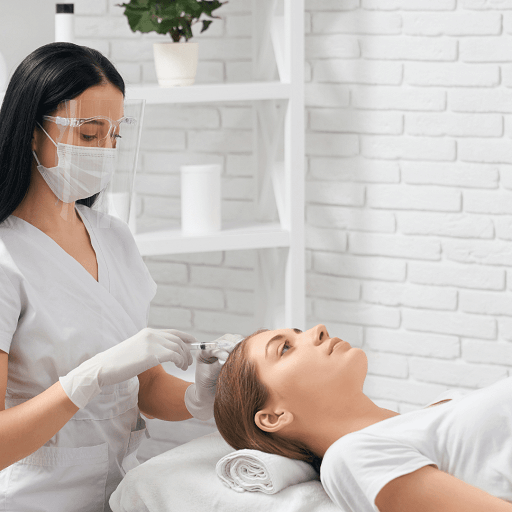
Summer may have left behind brown spots, blood vessels, and a sagging complexion on our skin. These can be signs of actinic keratoses, precursors to skin cancer. The good news is that we can repair the damage caused by UV rays, and fall and winter are the best times to do it.
Here are a few tips from expert:
- Protect your skin from the sun.Sunscreen not only prevents further harm, but also gives your skin the chance to heal and repair previous damage.
- Use a serum with antioxidantsAntioxidants like vitamin C, vitamin E, green tea, and resveratrol protect skin cells from free radical damage caused by sunlight, pollution, and metabolic processes. They also help skin cells repair their DNA.
- Apply a vitamin A creamRetinoids, which are vitamin A-derived creams, gels, and serums, can treat symptoms of sun damage and aging, such as fine lines, wrinkles, spots, and sagging. They can also improve pores and blemishes, and thicken and strengthen thin or crepey skin.
- Try products with alpha and beta hydroxy acidsOver-the-counter lotions, masks, and serums containing alpha hydroxy acid (like glycolic acid) and beta hydroxy acid (like salicylic acid) can improve the tone, smoothness, and texture of the skin, and reduce blemishes and pores.
- Consider light treatmentsPhotodynamic therapy, a medical treatment for sun-damaged skin cells, can be recommended by your dermatologist. Cosmetic lasers and lights can also improve the appearance of sun-damaged skin.
It is essential to protect your skin from the sun, because UVA radiation is the source of harmful free radicals. Tanned skin is not healthy skin, but rather a skin that has been damaged. Prolonged UVA exposure destroys the collagen in the skin, causing visible aging. You are exposed to UVA radiation whenever you go outside, even on cloudy days, or sit by a window. We offer a range of skincare products and services to repair the damage and get your skin glowing. We also provide free consultations to help you choose the right products for your skin.

